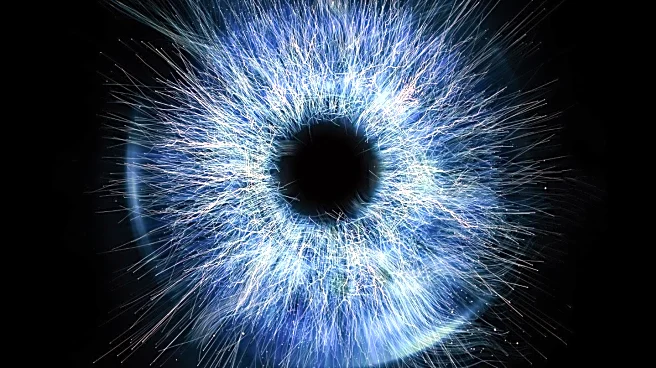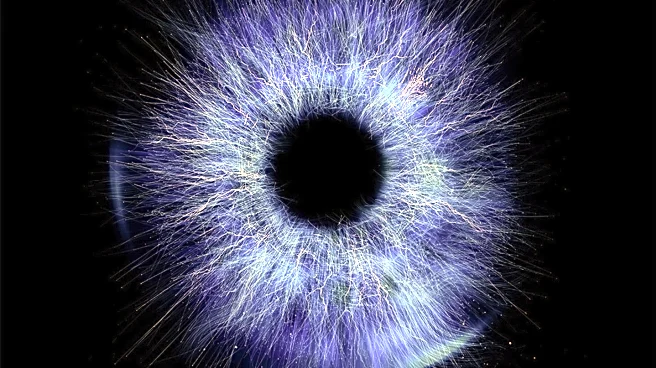What's Happening?
Researchers at Kobe University have developed a new imaging method that allows for the observation of immune cell behavior in the retina before visible damage occurs in diabetic retinopathy. This method combines a head-fixation device, contact lenses, and a custom objective lens to capture high-resolution images of microglia activity in diabetic mice. The study, published in the journal PNAS, reveals that microglia, the retina's immune cells, become hyperactive early in the disease progression, indicating inflammation before blood vessel damage. The diabetes drug liraglutide was found to normalize this overactivity, suggesting new treatment pathways for preventing blindness.
Why It's Important?
This development is significant as it provides a new perspective on the early detection and treatment of diabetic retinopathy, a leading cause of blindness worldwide. By identifying microglial hyperactivity as an early marker, the research opens new avenues for intervention and potential non-invasive diagnostics. The ability to observe cellular behavior in living organisms directly could lead to advancements in treatments for other retinal diseases such as glaucoma and age-related macular degeneration. This method could transform clinical practices by offering a non-invasive diagnostic tool, potentially making the eye a window to spotting systemic diseases.
What's Next?
The research team hopes to see their technology used in clinical settings as a non-invasive diagnostic method. Further studies may explore the application of this imaging method to other retinal diseases and its potential to detect systemic diseases through the eye. The findings could lead to the development of new drugs targeting microglial activity, offering a broader impact on the treatment of diabetic retinopathy and other related conditions.
Beyond the Headlines
The study highlights the importance of early detection in preventing vision loss and the potential for new diagnostic tools to change the landscape of eye disease treatment. The collaboration with international institutions underscores the global effort to address diabetic retinopathy and related diseases. The research also raises ethical considerations regarding the accessibility and affordability of such advanced diagnostic technologies in different healthcare systems.










